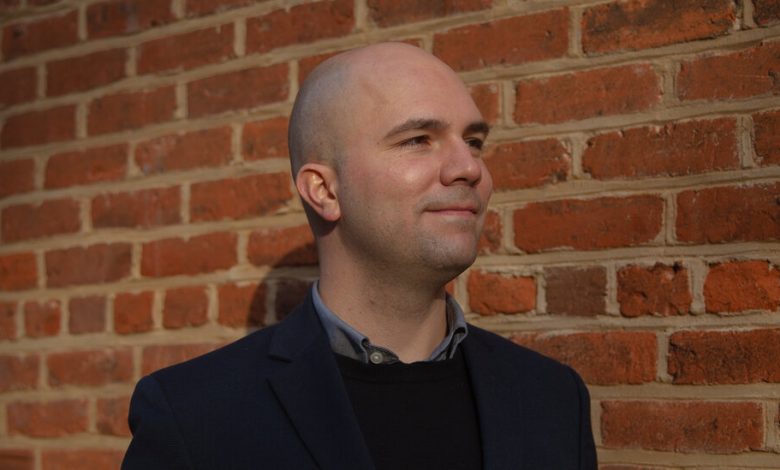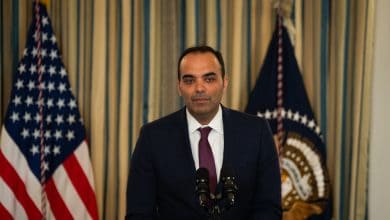Young Entrepreneurs Find a Way to Indulge Their C.E.O. Dreams

Edward Silva grew up wanting to be a chief executive.
In 2018, Mr. Silva enrolled at the Stanford Graduate School of Business with the goal of starting his own company. “I was going to live the Stanford dream,” he said. “I was going to find an engineer — we were going to find a venture capital firm and found a technology start-up.”
Then a classmate told him about another path for budding entrepreneurs. Instead of starting a company from scratch — Mr. Silva had co-founded one before business school and even been its chief executive — he could buy one and run it. To do so, he’d have to raise a “search fund,” a pool of money from investors willing to bet that an ambitious young person with no track record will make them money.
Mr. Silva, 34, was intrigued. “I realized you don’t have to deal with V.C.s who have unreasonable expectations,” he said. After raising a search fund of more than $30 million from a small group of investors, Mr. Silva bought MásLabor, a Virginia consulting firm specializing in employment visas, in July 2021. It was the perfect target company: The owners, a couple in their 70s, were ready to retire and had no children — just 15 dogs.
Search funds started out as a business school experiment four decades ago, but have gained popularity in recent years as persuasive newbies armed with M.B.A. degrees entice investors to make these niche bets with the promise of high returns. Across 2020 and 2021, nearly $800 million was invested in search funds, about one-third of the total amount raised for such funds since the idea emerged, according to data from the Stanford Graduate School of Business.
“At first, it was just a sprinkle of interested students,” said H. Irving Grousbeck, an adjunct professor at Stanford. Mr. Grousbeck is credited with coming up with the search-fund idea in 1984 when he was a lecturer at Harvard Business School and helped Jim Southern, a student in his entrepreneurship class, raise money to acquire Uniform Printing, a printer of specialty insurance documents.
“Jim was an early success story,” Mr. Grousbeck said. In 1994, after 10 years as chief executive, Mr. Southern sold Uniform Printing for a return of 24 times on the investment, according to a 2016 study on entrepreneurship by the University of Chicago Booth School of Business.




